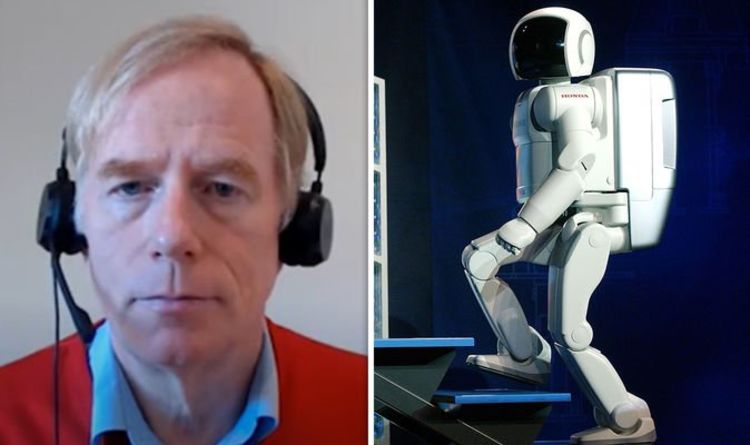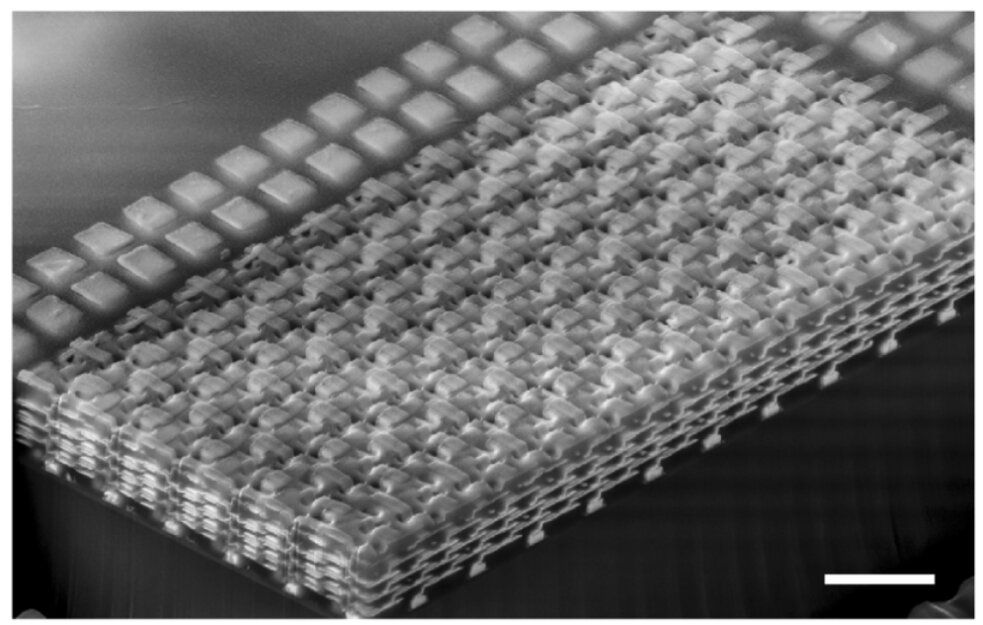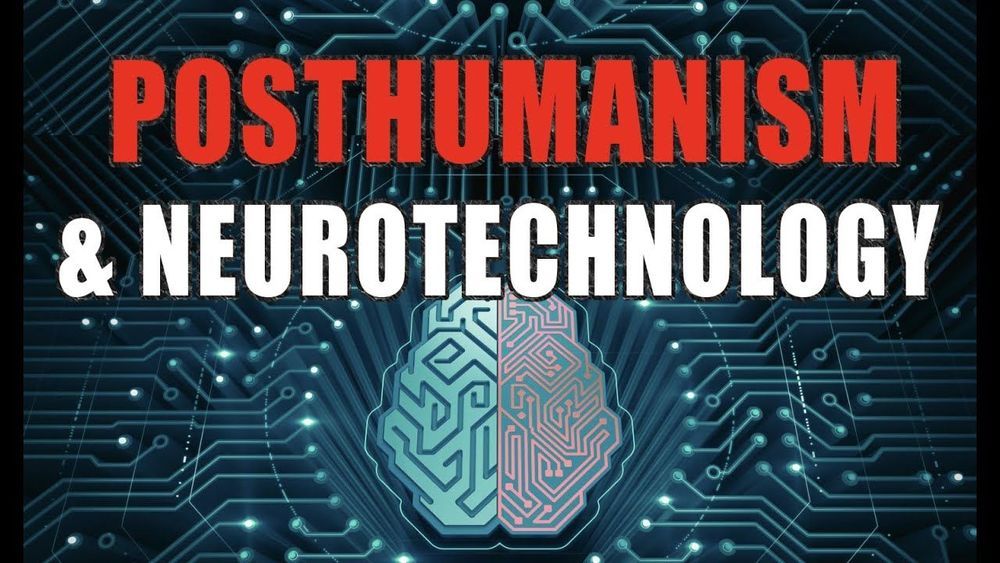Some big M&A is afoot in Israel in the world of smart transportation. According to multiple reports and sources that have contacted TechCrunch, chip giant Intel is in the final stages of a deal to acquire Moovit, a startup that applies AI and big data analytics to track traffic and provide transit recommendations to some 800 million people globally. The deal is expected to close in the coming days at a price believed to be in the region of $1 billion.
We have contacted Nir Erez, the founder and CEO of Moovit, as well as Intel spokespeople for a comment on the reports and will update this story as we learn more. For now, Moovit’s spokesperson has not denied the reports and what we have been told directly.
“At this time we have no comment, but if anything changes I’ll definitely let you know,” Moovit’s spokesperson.









